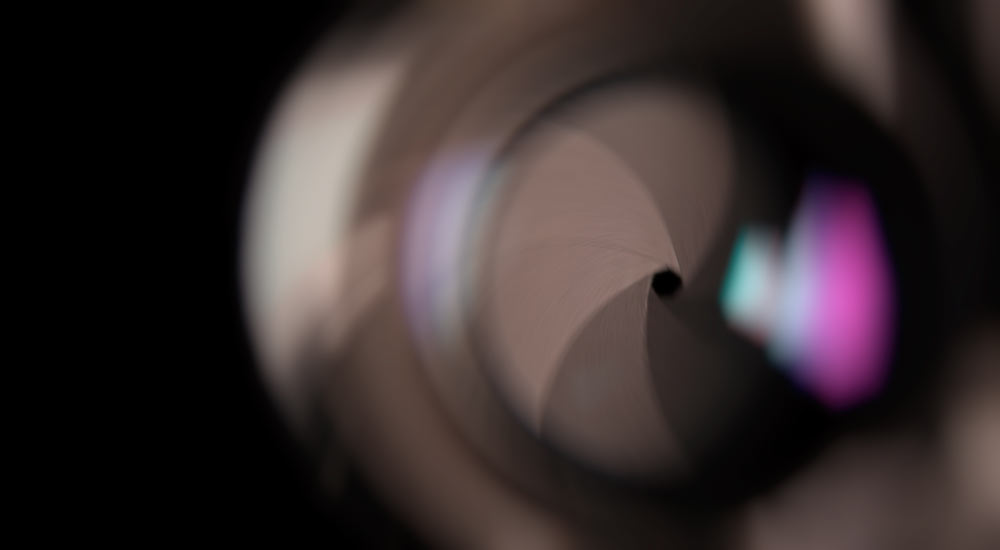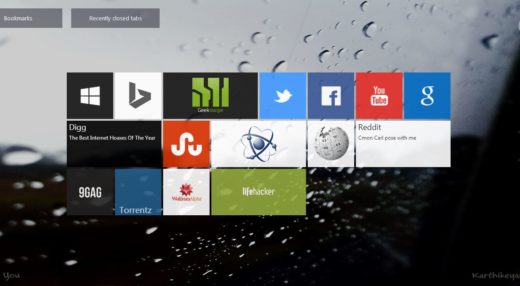What Is a Shutter Lag, and How to Avoid It?

Parent Photo by Fidel Fernando
The trickiest of all shots are the action ones where the subject moves quickly and are unpredictable. When shooting such subjects like kids, dogs, in a dynamic environment, it could get messy when your camera is ridden with a lag between the shutter press and the actual shot. So to properly plan such shots, understanding the concept of shutter lag or shutter delay would help.
Shutter delay
The shutter delay has been a problem since the days of film cameras. As their mechanical components had to work together in operating the shutter, the delay was unavoidable. But it was not that significant and film photographers got into the habit of anticipating the shot to correct for their camera’s shutter lag.
In the current digital SLRs, the lag is not just limited to the mechanical timing. It’s also much significant compared to the film cameras, as a lot of digital processing had to be done by the camera’s onboard processor—all between the time you press the shutter release button and the shutter opens. Some of the common processes that cause this apparent shutter lag include the auto-focus, auto exposure (metering), face detection, noise reduction, red-eye correction, and other vendor specific process.
Fear not, the latest processors these days are powerful enough to bring the lag down to a few hundred milliseconds, even on the low-end spectrum of digital cameras. But still, these ‘lags’ can be controlled better.
Pre-process to avoid shutter lag
In most cameras, you can half press the shutter button to do all the processing and key the camera ready for the shot. Or, you can key the focus and exposure using the auto-focus and auto-exposure and turn to manual to avoid processing before the shot. Of course, the output depends on how well you anticipate the shot, but it’s two processes down for the camera processor.
Switch to the viewfinder
If you are a casual photographer, you might be loving your live view a lot. You might have noticed that the shots that you take with your live view are a bit slower than the one that you take with the viewfinder. The main reason for this delay is that the processor is doing all the work from rendering the live scene in that LCD screen to automatically interpolating the frames to find the right focus. And additionally when you press the shutter release button, the shutter had to be closed, the sensor had to be reset, and then the shutter had to be opened again for the shot. But when using the viewfinder all these processes can be avoided. So for an action shot, you can switch to your viewfinders for that quick burst shots and for a casual and relaxes shot you can use the live view for its own advantages.
In the end, you don’t have to worry about shutter lag a lot. Modern cameras are fast enough that these lags are not even noticeable for a casual photographer. And it’s not like all these processings done are bad, they are exclusively done so that your shot turns out nice.
This post was first published on July 20, 2012.










